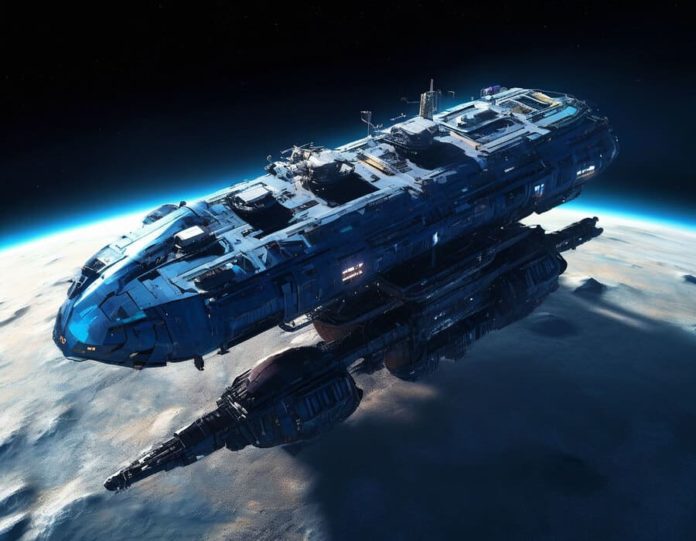Asteroid mining might sound like something out of a sci-fi movie, but it’s an idea that’s quickly moving from fiction to reality. With the potential to unlock vast quantities of precious metals and resources, the concept has the power to revolutionize both space exploration and our economy back here on Earth. But before we can start reaping the benefits of asteroid mining, we need to get there—and that’s where rocket launches come into play.
1. Getting there: the essential role of rocket launches
The first and most obvious role of rocket launches in asteroid mining is transportation. Asteroids, which are often hundreds of thousands, if not millions, of kilometers away, require sophisticated and powerful rockets to reach. These rockets need to be capable of carrying mining equipment, robotic explorers, and possibly even human crews to these distant bodies. The further out we venture, the more advanced and efficient our rockets need to be.
The development of rockets specifically designed for deep space missions is crucial. Traditional rockets that are optimized for Earth orbit won’t cut it for these long-haul journeys. We’re talking about the need for rockets that not only can travel far distances but also have the ability to perform precise maneuvers to rendezvous with asteroids, which are often small and move at high velocities.
2. Launching the infrastructure: building a space economy
Asteroid mining isn’t just about sending a rocket out and bringing back some rocks. It involves setting up a whole new infrastructure in space. Rockets will be vital in deploying the satellites, space stations, and even lunar bases that will support mining operations. These assets will help in everything from navigating to asteroids, refining materials in space, to even creating waystations that make these missions more feasible and cost-effective.
Imagine a future where we have “gas stations” in orbit, where rockets can refuel, or repair stations that can service spacecraft on their way to and from the asteroid belt. Rocket launches will be essential for putting these pieces of the puzzle in place.
3. Returning the goods: rockets as the delivery service
Once we’ve successfully mined an asteroid, the next big challenge is getting those materials back to Earth or wherever they’re needed. Rocket launches will be crucial here, too. The materials mined on asteroids could include precious metals like platinum and gold, as well as essential resources like water and rare earth elements. These would need to be transported back in a cost-effective and safe manner.
In some cases, mined materials might be processed in space to reduce their weight and volume, making the return trip easier. Rockets will have to be capable of carrying these processed materials back through Earth’s atmosphere without damaging the cargo—or worse, losing it. This means designing rockets with the capacity for delicate re-entry or even developing entirely new systems for returning mined resources from space.
4. Sustainability and reusability: making asteroid mining viable
To make asteroid mining economically viable, we’ll need to reduce the cost of rocket launches. This is where the development of reusable rockets, like those being pioneered by SpaceX and other companies, becomes critically important. By bringing down the cost per launch, we make it more feasible to send out multiple missions to different asteroids, increasing the chances of striking it rich in space.
Additionally, sustainable rocket technologies will be key. As we start to think about mining asteroids, we also need to consider the environmental impact of increased space traffic and launches. Developing greener propulsion systems and efficient launch methods will be crucial for ensuring that our push into space doesn’t come at the cost of our home planet.
Rocket launches are at the heart of making asteroid mining a reality. They’re the means by which we’ll reach distant asteroids, establish the necessary infrastructure, and bring back valuable resources to Earth. As we continue to innovate in rocket technology, we’ll move closer to a future where asteroid mining isn’t just a distant dream but a key part of our space economy. The stars may hold untold riches, but it’s our rockets that will help us reach out and grasp them.













